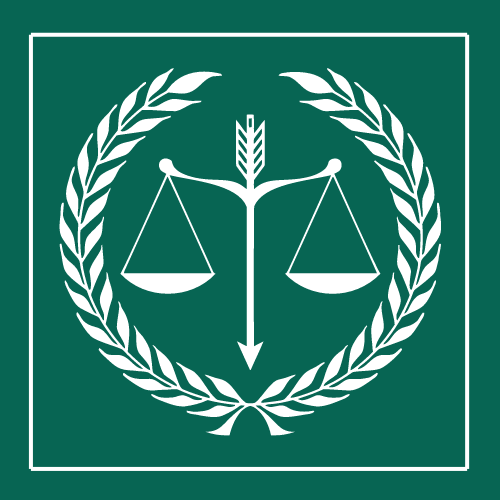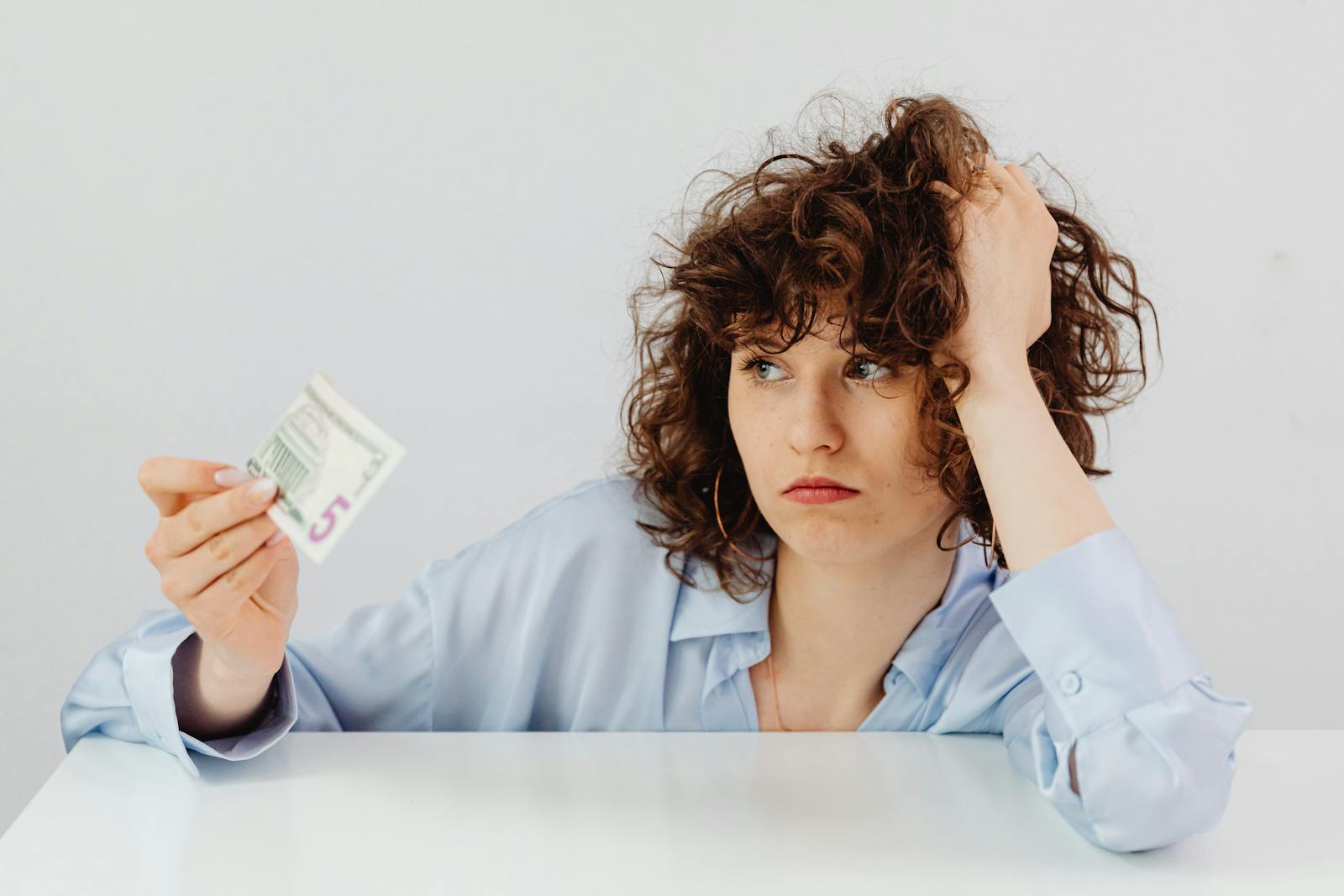As experienced divorce lawyers at BruegelPC, we understand that bankruptcy can be a stressful and confusing process. Have you ever wondered who gets paid first in a Chapter 11 bankruptcy? Knowing the order of payment can make a huge difference in how you approach your financial strategy. Stick with us as we walk you through the pecking order, ensuring you’re well-prepared for any legal twists and turns.
Based on bankruptcy rules, secured creditors get paid first in Chapter 11. They are followed by unsecured creditors, and then shareholders last if there is anything left.
Understanding Chapter 11 Payment Priorities
In Chapter 11 bankruptcy cases, payment priorities ensure that secured creditors get paid before unsecured creditors, significantly influencing the financial recovery of involved parties.
Essentially, in a bankruptcy case, the order of who gets paid is important:
- Secured creditors get paid first. They have a claim on specific assets of the debtor and can take those if the debt isn’t paid.
- Administrative expenses are next. These include costs related to the bankruptcy, like lawyer fees.
- Priority unsecured creditors come after that. At the base, they have a better chance of getting paid than general unsecured creditors but still come after secured creditors.
- General unsecured creditors get paid last. They often only get a small part of what they are owed, if anything.
Knowing who gets paid first helps creditors figure out their chances of getting their money back and decide if they want to get involved in the bankruptcy process.
Secured Creditors: First in Line
Secured creditors are first in line for repayment when a borrower defaults on their debt.
To outline briefly, this rule is based on the fact that there is something valuable that can be taken and sold to pay back the debt. Secured creditors have the right to specific assets of the borrower, which serve as a guarantee for the loan. This means the creditor has a way to get their money back if the borrower can’t make payments. If the borrower goes bankrupt or has to sell off assets, secured creditors get paid first from the sale of these assets, before others.
To be brief, this priority reduces risk for creditors and can make it easier and cheaper for borrowers who offer collateral to get loans. Secured creditors feel more secure knowing they have a better chance of getting their money back if the borrower defaults. This priority encourages lenders to give loans because it provides them protection against non-payment. In short, giving secured creditors priority helps protect their interests and ensures they are more likely to get their money back when a borrower can’t repay the debt.
Administrative Expenses and Fees
As we explored before, administrative expenses and fees can often account for a significant portion of an organization’s budget, sometimes even exceeding the costs of direct production or service delivery.
Honestly, these costs usually cover salaries for office workers, office supplies, utilities, and other minor expenses. Administrative fees are what a company charges for extra services like handling paperwork, keeping accounts in order, or processing payments.
These costs are essential for running a business daily and are different from costs tied to the products or services a company sells. Businesses need to manage these expenses carefully to avoid going over budget and hurting their overall profits. In essence, some typical administrative expenses are office rent, insurance, and computer maintenance. Administrative fees can vary a lot based on the services offered and the industry.
It’s very important for businesses to regularly check their administrative costs and fees to find ways to cut expenses and work more efficiently. By managing these costs well, companies can boost their profits and stay competitive.
Unsecured Creditors: The Next Tier

Continuing from before, unsecured creditors are often the last to be paid in a company’s bankruptcy, facing higher risk than secured creditors due to the lack of collateral.
In general terms, if a company goes bankrupt or has to close down, people who are owed money without any collateral, known as unsecured creditors, are the last to get paid. They come after secured creditors who have backed their loans with assets, and after paying administrative costs.
Within unsecured creditors, there are trade creditors like suppliers who delivered goods on credit, and businesses that provided services without being paid upfront. These unsecured creditors stand in line after secured creditors like banks or bondholders, who can take control of specific assets if the company defaults.
Let me explain, unsecured creditors might get only a small part of what they are owed—or nothing at all—depending on the company’s remaining assets and how the liquidation process goes. Sometimes, there simply isn’t enough money left to pay everyone.
So, businesses need to handle their credit wisely to prevent ending up as low-priority creditors in a financial crisis. Similarly, lenders and investors should be cautious about giving unsecured credit, and they might consider safeguards like requiring personal promises or getting credit insurance to protect themselves.
Equity Holders: Last to be Paid
Building on an earlier idea, equity holders are the last to receive payment when a company is liquidated.
In general, this means that before equity holders (shareholders) get paid, all other creditors like bondholders and suppliers are paid first. Equity holders only get paid after all debts and other expenses are taken care of.
Equity holders take on more risk because they could lose their money if the company doesn’t make enough to cover its bills. Unlike bondholders, who can legally try to get their money back if the company can’t pay its debts, equity holders have no such guarantee.
By definition, equity holders can make a lot of money if the company does well, but they can also lose money if the company struggles. Because of this, they usually expect a higher return on their investment compared to bondholders.
The End Note
Recalling what we discussed in conclusion, in Chapter 11 bankruptcy cases, secured creditors are typically paid first from the debtor’s assets. This ensures that those who have a legal interest in specific collateral are prioritized in receiving payments before other creditors.
What BruegelPC is recommending to secure is, by understanding the hierarchy of payments in Chapter 11, both debtors and creditors can better work through the process and protect their interests.

